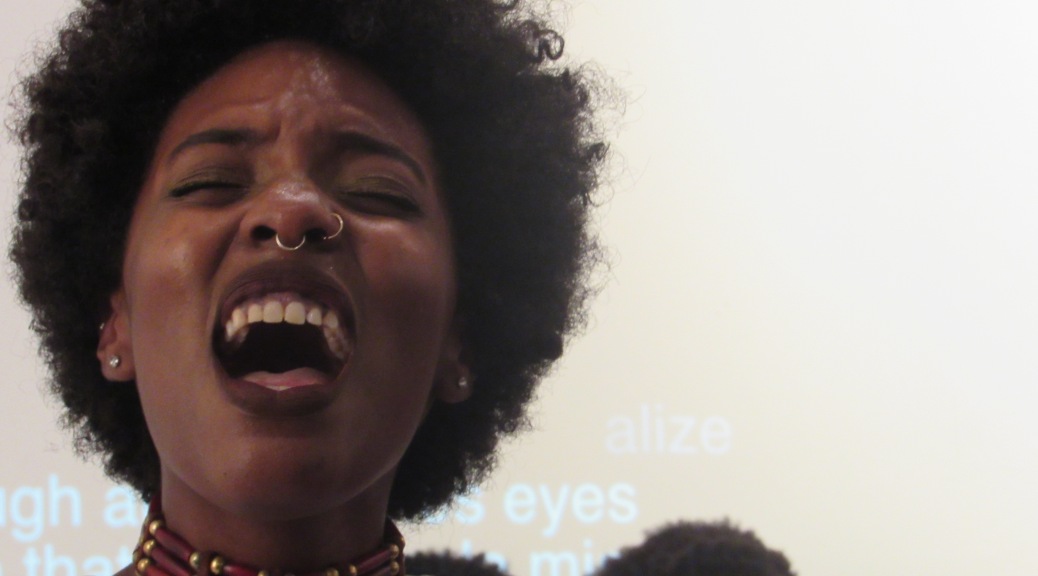Karyn Lacey lives beyond the brinks of the Red Line’s corridors. Commuting to a Chicago Transit Authority (CTA) train stop isn’t a 10, 15 or even 20 minute walk from her doorstep. For Lacey, riding the CTA means driving to a northern stop she feels safe at, and then taking the CTA train to her classes downtown twice a week, a commute that can span almost two hours.
So when news broke that Chicago received $1 billion in federal funding to renovate the northern half of the Red Line, Lacey felt helpless.
“If anybody needs a renovation, it’s the South Side,” Lacey said. “You can’t do one side and not the other. It’s still hard for people from the South Side to even travel to Chicago.”
In waves, the city will renovate all the Red Line stops north of Belmont. Construction on the first phase will completely remake the Lawrence, Bryn Mawr, Argyle and Berwyn stops. The northern tracks, which were built in 1920, are nearing their life expectancy and will expire in a few years. All stops will also have an elevator, making them fully accessible for the first time ever.
Still, with a significant investment in Chicago’s North Side, some Chicagoans wonder about the status of the Red Line’s southern stops including the highly anticipated extension of the CTA’s Red Line to 130th street.
“The fact that it’s taken so long to even come up with a plan for the extension of the Red Line on the South Side is a legacy of structural racism,” said DePaul associate professor Winifred Curran, who specializes in geography and urban planning. “This incredible amount of investment going to the North Side and not to the South Side is unfortunate, and doesn’t have any good social justice implications.”
The entire North Side renovation cost $2 billion and the city could only seek the federal grant if they were able to match its funding. So legislators created a tax increment financing district (TIF) — a financing method that invests the increases in tax revenues to a project or development — that is expected to generate $622 million. The established TIF, and funds from other resources, allowed the city to match and secure the grant. The now-established TIF will also help the city seek funding for other CTA projects, like the Red Line Extension Plan.
“It’s very hard for the city to do this all by itself,” Curran said. “The fact that this is federal money is evidence of that. We have not always had administration in Washington that are city or public transit-friendly, so this was absolutely a strategic time to cease upon a Mayor from Chicago to get this money.”
The renovation of the northern Red Line is just one part of the city’s Red Ahead program — which is a series of initiatives to significantly improve the CTA. Right now, the 95th stop is under construction to improve its functionality, and is expected to be finished later this year.
“I think improving the Red Line is definitely a good thing that is needed,” said Jaclyn Robust, a resident in the city who rides the Red Line daily. “However, I am curious about the construction and if it would interrupt daily commutes.”
For some, the renovations spring hope of a safer Red Line. Robust refuses to ride the Red Line at night, especially after a violent summer in the city. Lacey, on the other hand, will ride the Red Line at night to certain stops, but she is always aware and cautious.
“These renovations won’t help with the safety issues if they just do North Side. More people are frightened to ride the Red Line on the South Side,” Lacey said. “It sounds bad, but once I pass the Chinatown stop, I’m not as frightened anymore.”
The Red Line Extension Plan currently costs $2.3 billion, and the city has yet to complete a series of requirements before funding can even begin. Many are still waiting for a true investment in the South Side communities.
“This is a signal to these gentrified neighborhoods that public investment is going to continue in the North,” Curran said. “It’s really unfortunate that the South Side expansion was not included in this, and it should’ve been.”










